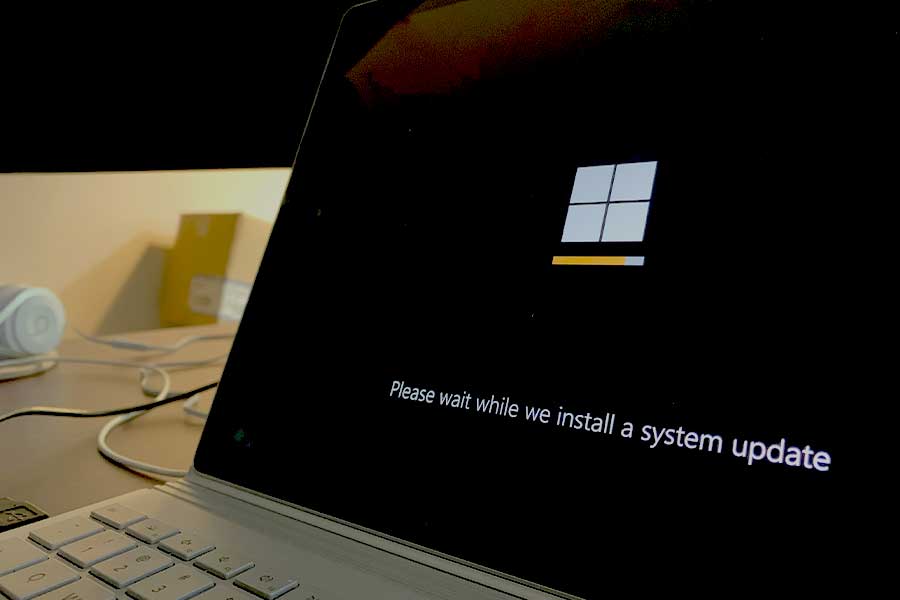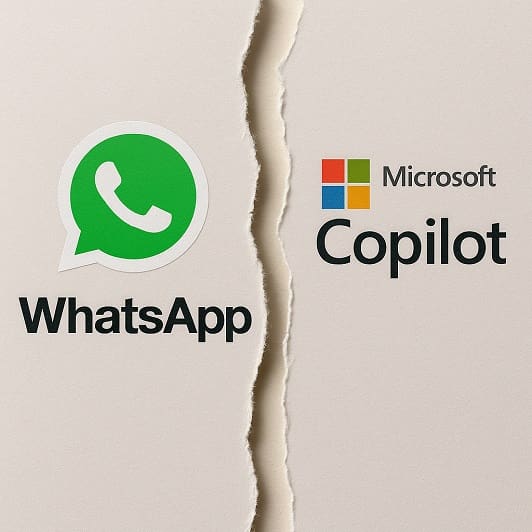Microsoft has officially announced that the end of life for Windows 10 will be on the 14th October 2025. This means that after this date, devices running Windows 10 will no longer receive security updates, bug fixes or technical support.
For many businesses, this signals a critical turning point. If you haven’t yet made the move to Windows 11, now is the time to start planning. We’re here to help you find the best solution for your business. Whether that’s moving to windows 11 or changing to a compatible device, we’ll make sure it’s a smooth and seamless transition.
What Does Windows 10 End of Life Mean for Your Business?
Once Windows 10 reaches end of life:
- Your systems will be more vulnerable to cyber threats.
- You may find compatibility issues with newer software.
- Compliance with industry regulations could be at risk if your systems are not secure or up-to-date.
Can Your Devices Upgrade to Windows 11?
Not all existing machines will be eligible for a Windows 11 upgrade. Microsoft has introduced stricter system requirements, focusing on security, speed, and stability.
Here’s what your PC needs to run Windows 11:
- Processor: 1GHz or faster with 2 or more cores on a compatible 64-bit processor or System on a Chip (SoC). (8th Gen Intel or newer; Ryzen 2000 or newer)
- RAM: 4GB or more
- Storage: Minimum 64GB available
- TPM: Trusted Platform Module version 2.0
- Firmware: UEFI, with Secure Boot
- Graphics: DirectX 12 compatible or later with WDDM 2.0 driver.
If your hardware doesn’t meet these requirements, you likely won’t be able to install Windows 11.
Let Inventas Help You Assess Your Readiness
If this all sounds like gobbledygook, don’t worry, it’s what we’re here for! Get in touch with Inventas to arrange a quick complementary consultation on what devices you have to see whether they’ll be compatible with Windows 11.
From this consultation we can assess your existing devices against Microsoft’s compatibility checklist and recommend alternative solutions such as new hardware, virtualisation or lightweight alternatives if your current machines aren’t compatible
What If Your Device Isn’t Compatible?
Don’t worry — we’ll work with you to find the best-fit solution.
Options include:
- Replacing outdated hardware with cost-effective Windows 11-ready systems
- Exploring cloud-based or hybrid environments
- Extending use temporarily through Microsoft’s Extended Security Updates (ESU) (for eligible enterprise setups)
Time Is Running Out
With under four months to go, now is the time to audit your systems and set in place a plan that avoids last-minute disruption. Delaying could mean downtime, data exposure or unexpected costs.





